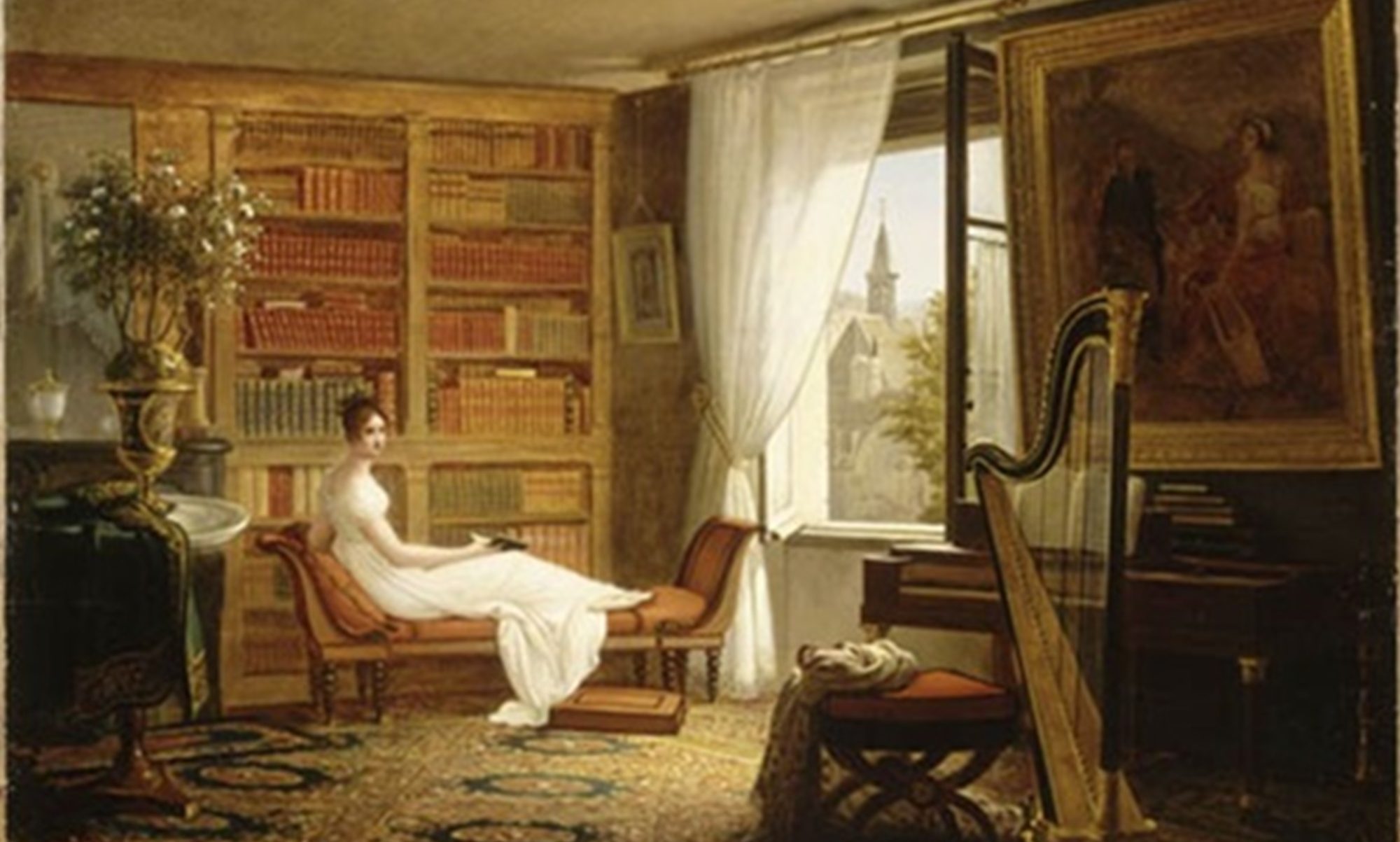This is the fifth book in the Chronicles of Brother Cadfael, of the Benedictine Abbey of Saint Peter and Saint Paul in Shrewsbury, in the England of the twelfth century. Cadfael lived a full life before becoming a monk, having been to the Crusades; he has now been a monk for some sixteen years, and is sincere about his faith, his obligations to the Benedictines, and his maintenance of the monastery herb gardens. However, his intellect is always piqued by mysteries, especially concerning young people. These are fun little mystery novels, and this one is a great introduction to the series. My first recorded reading of this book was in 2002, and the next in 2010.
It is fall in the Year of our Lord 1139, and two wedding parties, that of a groom and that of a bride, are heading for Shrewsbury along the main road. The first party is that of Huon de Domville, a corpulent, rich, overbearing man fully in his sixties; when he passes by the leper colony at the Chapel of St. Giles, he spurs at the lepers and lashes out with them with his whip, including the new leper, who is a very tall man with a hood and a facemask along with his robes. The groom then heads on to the Bishop’s Palace outside of Shrewsbury with his retinue, which includes three young squires just behind him in the procession. After them comes the party of Iveta de Massard, eighteen years old and the granddaughter of the great knight Guimar de Massard, who died thirty or so years back in the Crusades; as her mother and father are dead, she is the ward of Sir Godfrid Picard and his wife, Agnes Picard, who flank the bride in the procession like a pair of dragons on their way to the Abbey, and it is evident that this marriage is purely for the wedding together of land rather than of hearts. That evening Brother Cadfael comes to his herb garden shed and finds Iveta de Massard in an embrace with Joscelin Lucy, one of the squires of Huon de Domville; shortly after, Agnes Picard comes in search of Iveta. The next day Joscelin is turned out of his job as squire, and accused of having stolen jewelry, which is found in his saddlebags; on his way to the Castle to be put into a cell, he evades the constables and jumps into the river. While Cadfael feels for the young people, he has no grounds to help Iveta evade a lawful marriage; when Huon fails to appear at the wedding, he is found dead in the woods, and Joscelin is now being hunted as the likely murderer of the man who was to marry the woman loved by Joscelin.
This was a very good book, although my memory was just good enough to remember who actually was the murderer in the book. And I look forward to the next book in the series.

